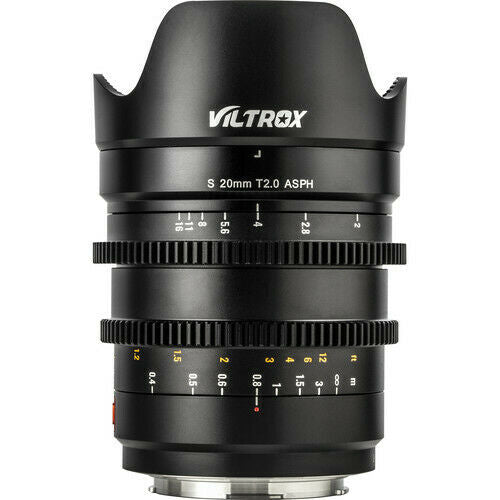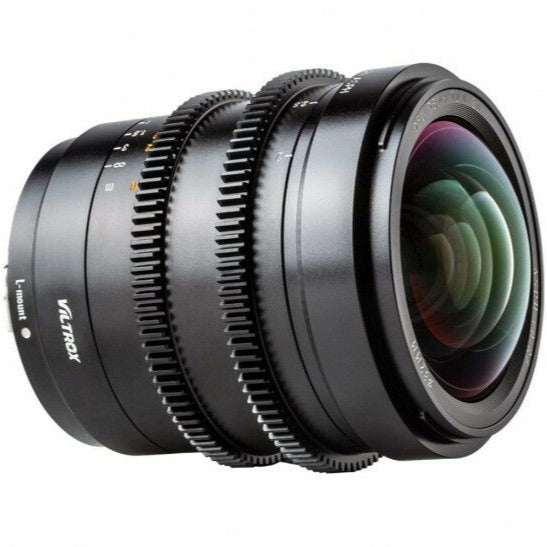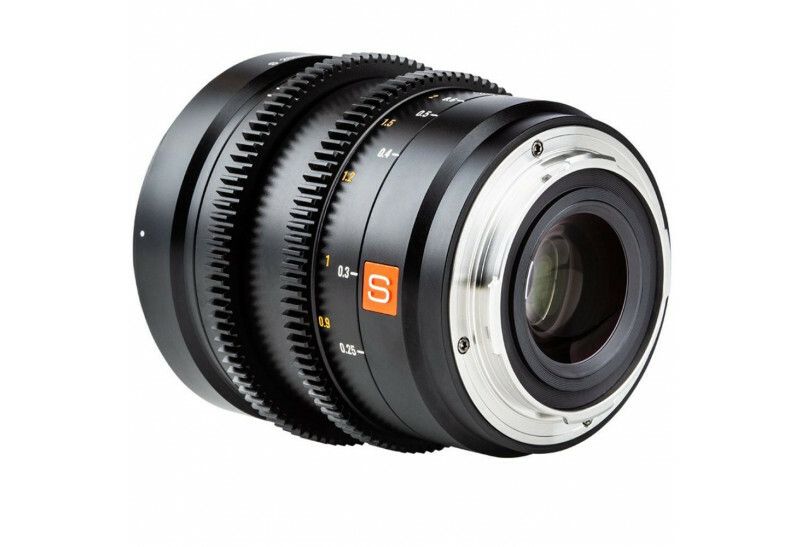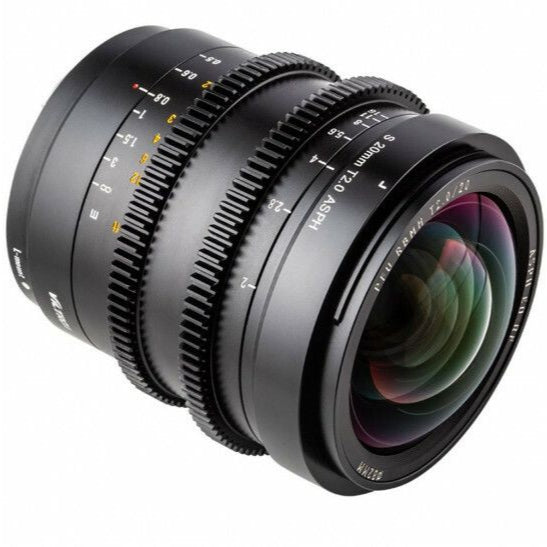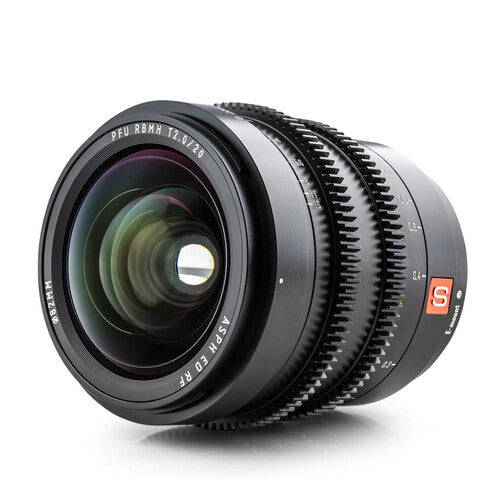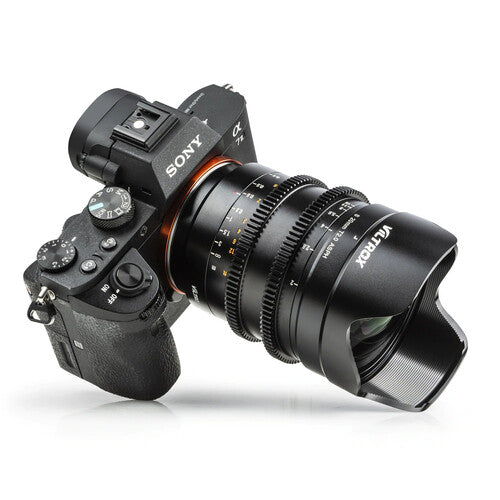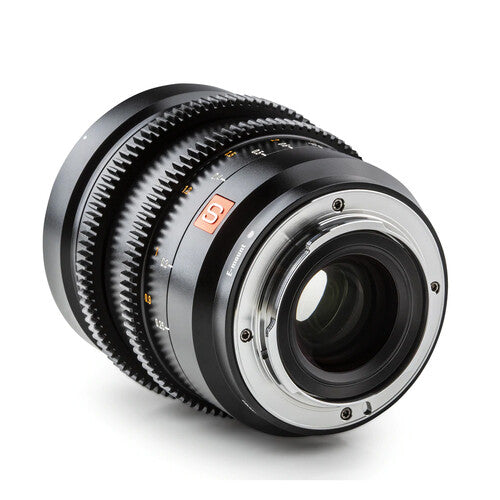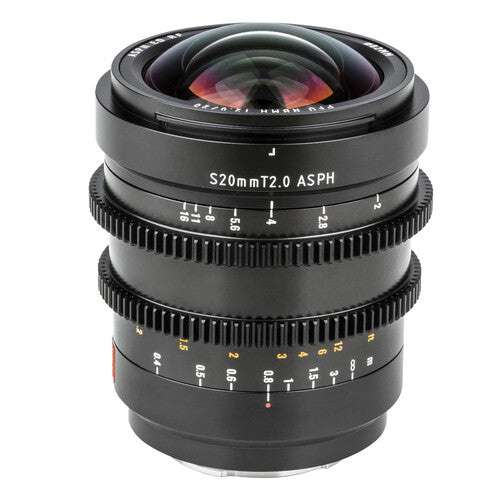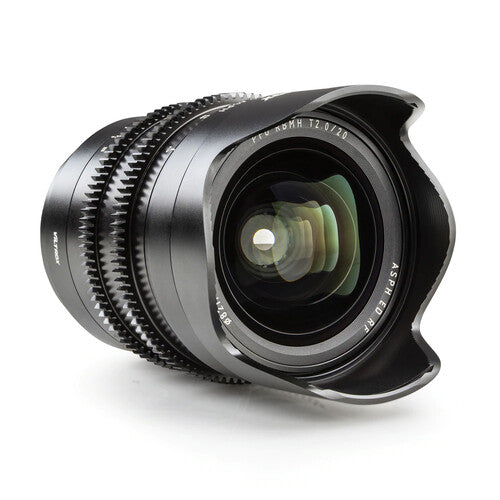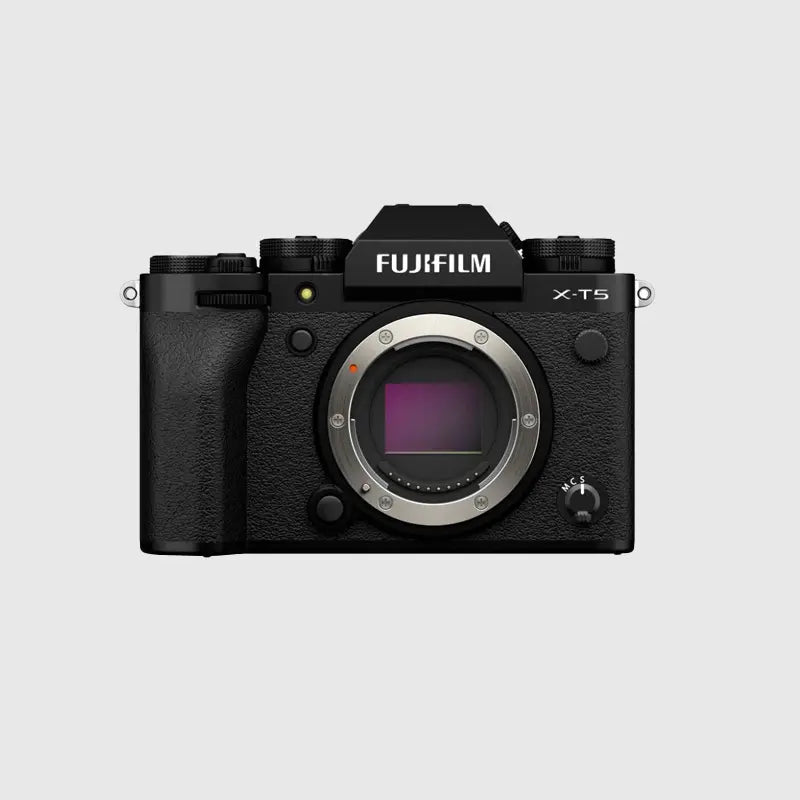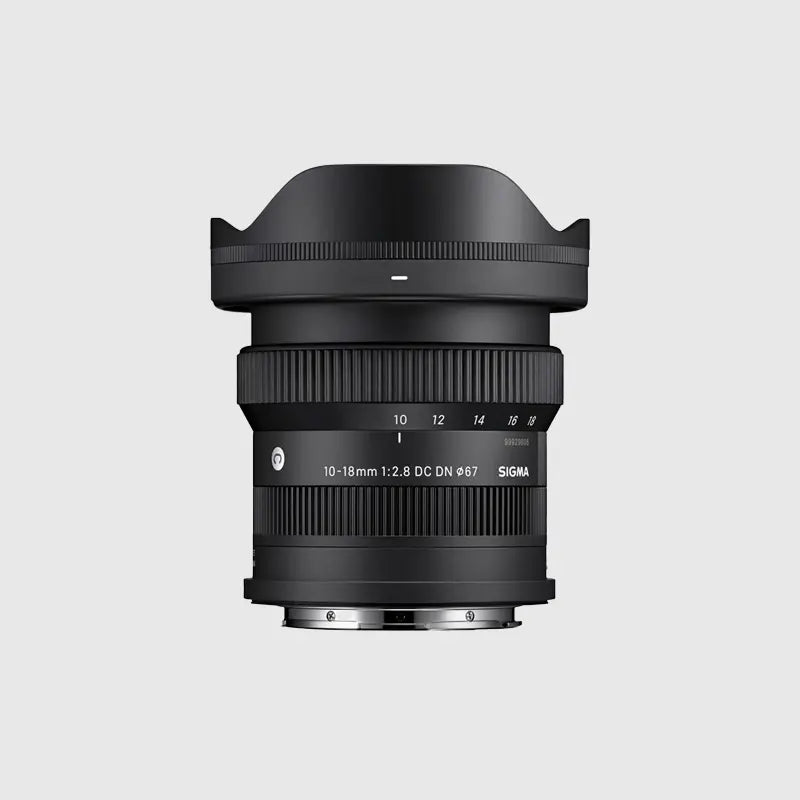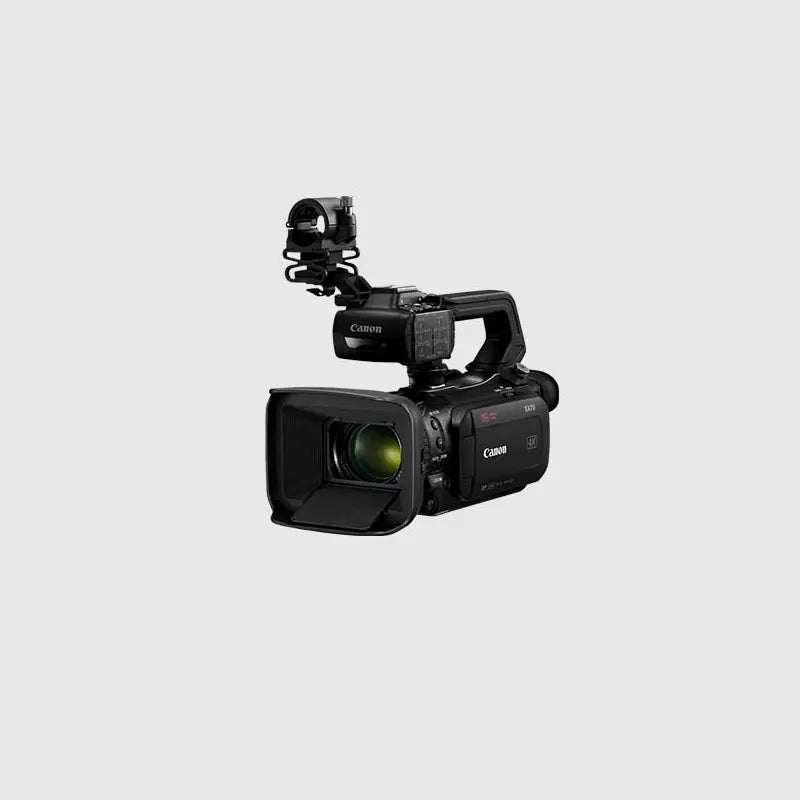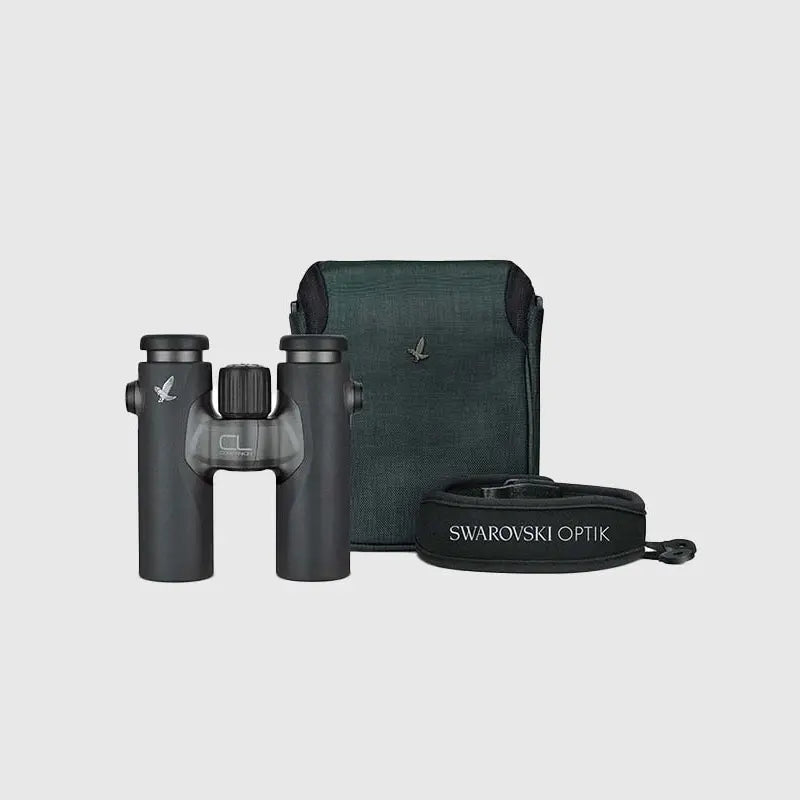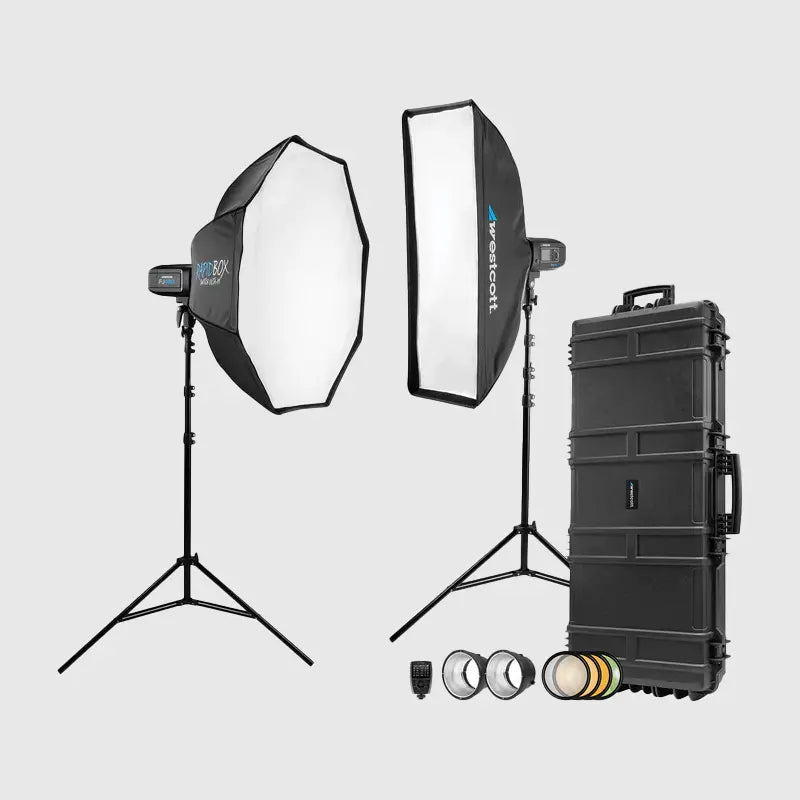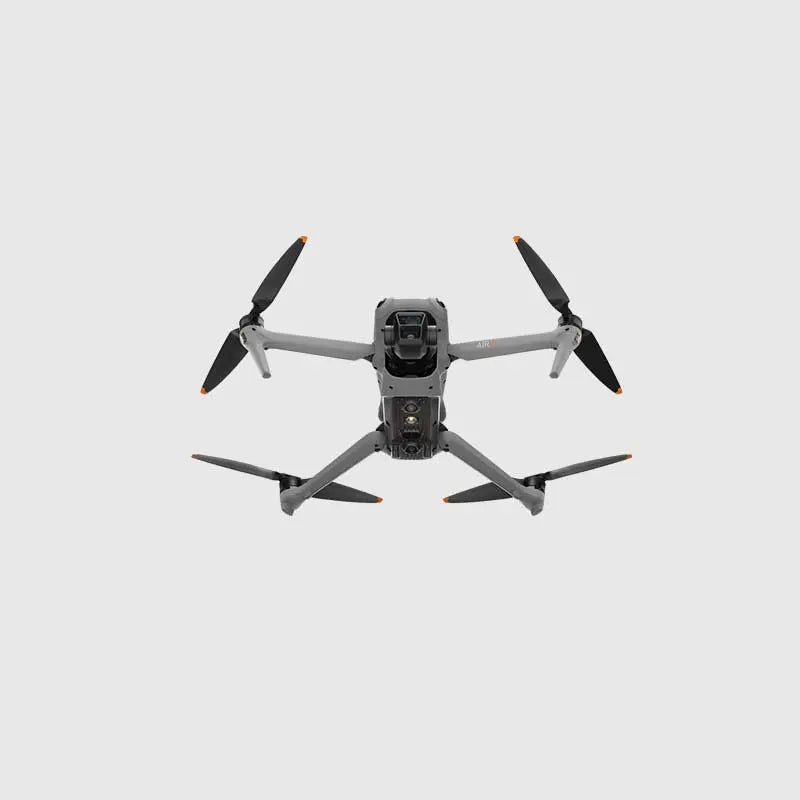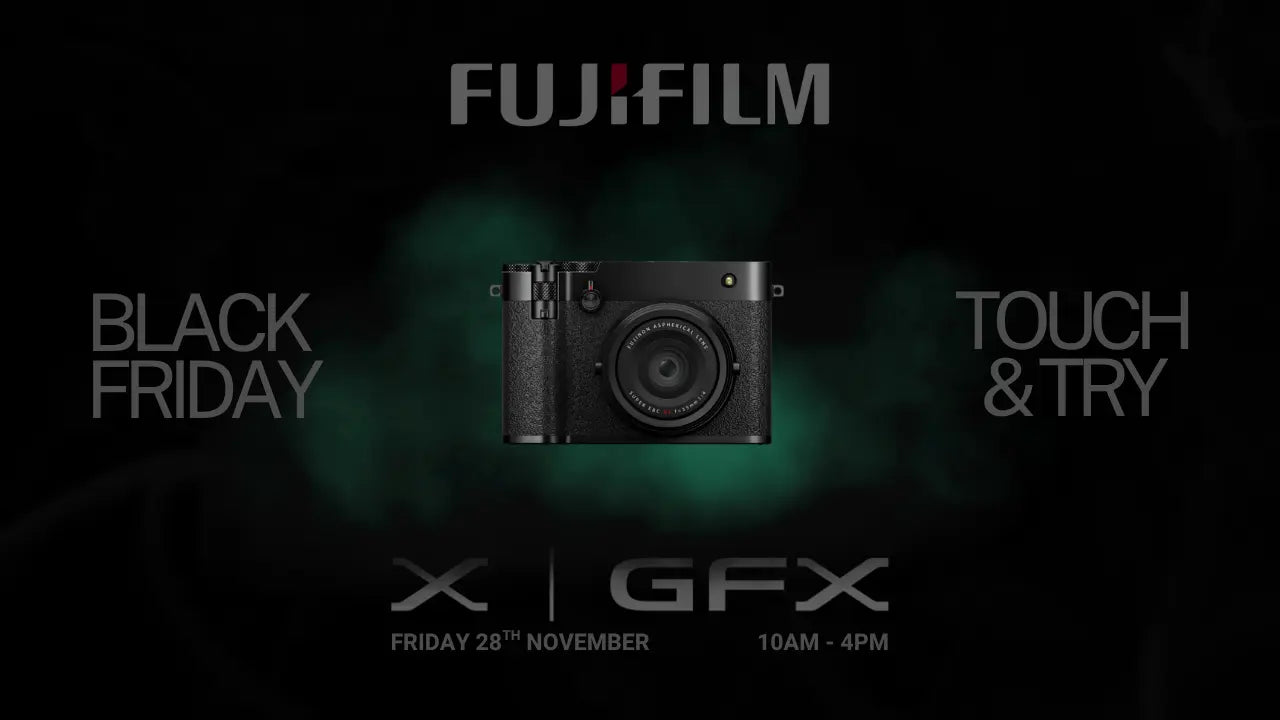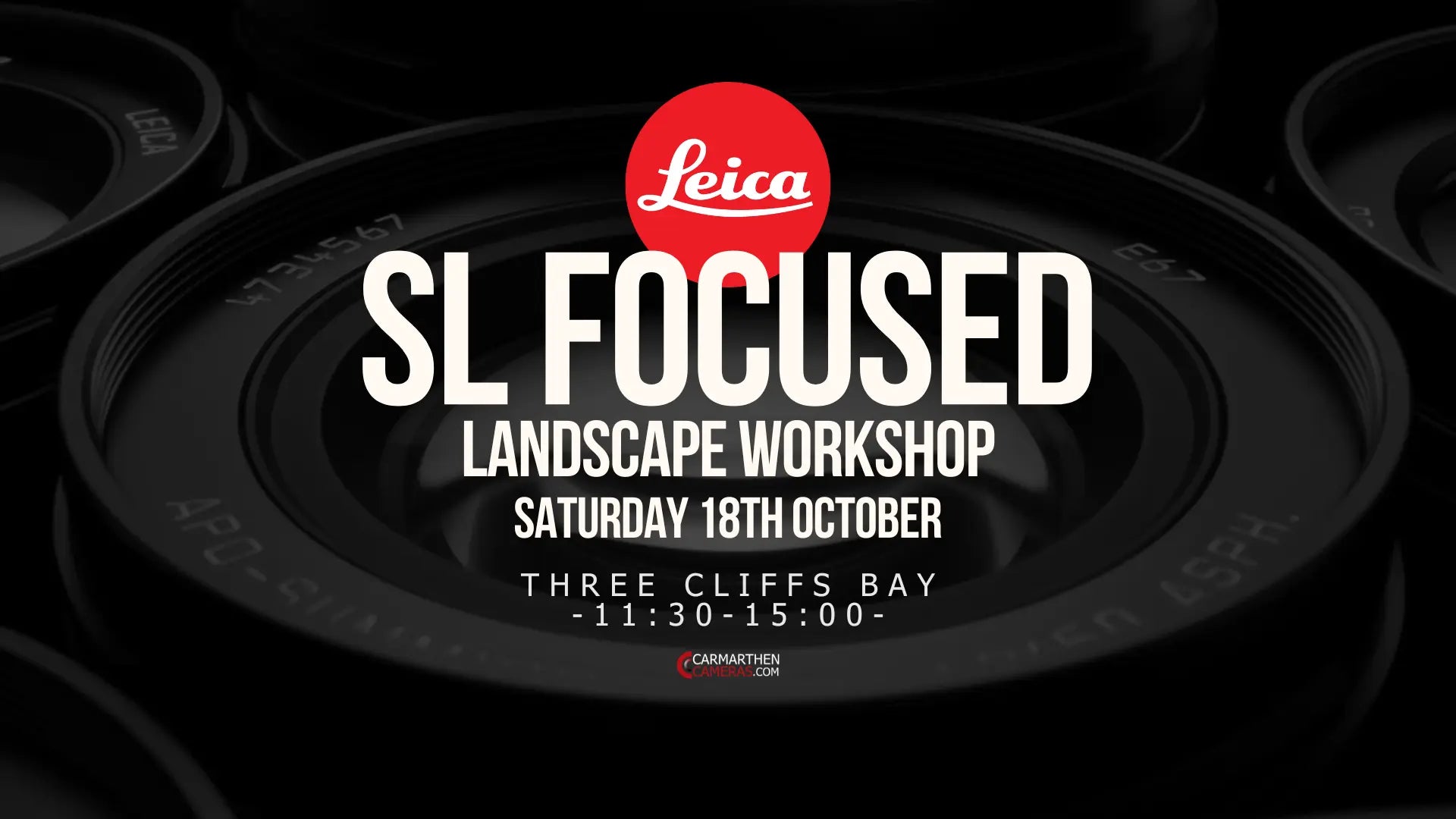Product Description
Viltrox S 20mm T2.0 Cine Lens – Panasonic/Leica L Mount
Ultra-Wide Precision for Professional Cinematography
The Viltrox S 20mm T2.0 Cine Lens for Panasonic/Leica L Mount delivers exceptional optical performance and cinematic control in a robust, full-frame design. With a fast T2.0 aperture, advanced optical engineering, and precise manual focus mechanics, this lens is ideal for filmmakers and photographers who demand outstanding sharpness and creative depth of field control across ultra-wide perspectives.
Perfect for cinematic video, astrophotography, landscape, and architectural scenes, the Viltrox S 20mm T2.0 offers professional-grade optics in a compact, durable housing designed for modern production environments.
 Key Features
Key Features
Full-Frame Ultra-Wide Coverage
Designed for full-frame Leica L-mount cameras, the Viltrox S 20mm T2.0 provides a sweeping field of view with minimal distortion — perfect for capturing expansive landscapes, interiors, and immersive cinematic scenes.
Fast T2.0 Aperture
The bright T2.0 maximum aperture allows for confident shooting in low light while offering precise control over depth of field and subject isolation. From night skies to controlled studio environments, this lens delivers stunning clarity and contrast.
Professional Cine-Style Operation
Equipped with standard 0.8 MOD cine gears on both the focus and iris rings, the lens integrates seamlessly with follow-focus systems and other professional rigging equipment — ensuring smooth, accurate control during filming.
Advanced Optical Design
The optical construction features 12 elements in 9 groups, including aspherical and low-dispersion elements to minimise chromatic aberration and distortion. The result is crisp, colour-accurate images across the entire frame.
HD Nano Multilayer Coating
Viltrox’s HD Nano multilayer coating effectively reduces ghosting and flare, maintaining high contrast and true colour fidelity even in challenging lighting conditions.
Close-Focus Capability
With a minimum focusing distance of just 9.8 inches (25cm), this lens excels at dramatic wide-angle close-ups and creative low-perspective shots.
Premium Build Quality
Constructed with a brass bayonet mount for precision and longevity, the Viltrox S 20mm features an 80mm front diameter and supports 82mm screw-in filters. Its 14-blade iris produces beautifully smooth, rounded bokeh for cinematic background rendering.

Technical Specifications
| Specification | Details |
|---|---|
| Mount | Panasonic/Leica L Mount |
| Format Compatibility | Full-Frame |
| Focal Length | 20mm |
| Aperture Range | T2.0 – f/16 |
| Optical Construction | 12 elements in 9 groups |
| Minimum Focusing Distance | 9.8 in (25 cm) |
| Iris Blades | 14 |
| Front Diameter | 80mm |
| Filter Size | 82mm |
| Focus / Iris Control | Manual, 0.8 MOD cine gears |
| Coating | HD Nano Multilayer |
| Mount Material | Brass |
| Included Accessories | Lotus-style hood, round filter-mounting hood |
Why Choose the Viltrox S 20mm T2.0 Cine Lens?
-
Designed for full-frame Panasonic/Leica L-mount cameras
-
Fast T2.0 aperture for low-light performance and shallow depth of field
-
Cine-style gears for professional focus and iris control
-
Precision optical design with aspherical and LD elements
-
14-blade diaphragm for smooth, cinematic bokeh
-
Durable brass bayonet with 82mm filter compatibility
-
HD Nano coating for maximum contrast and colour accuracy

Perfect For
-
Cinematic and video production
-
Astrophotography
-
Landscape and architectural imagery
-
Low-light creative shooting
-
Wide-angle close-up cinematography

Capture Cinematic Excellence
The Viltrox S 20mm T2.0 Cine Lens combines wide-angle versatility with professional-grade optics and build quality. Engineered for the Panasonic/Leica L Mount, it provides smooth cine operation, premium construction, and breathtaking image quality — all in a lens built to perform in any production environment.
Order now and experience wide-angle cinematography with precision, depth, and character.
| Focal Length | |
| Lens Mount | |
| Lens Format Coverage | |
| Image Circle | |
| Maximum Aperture | |
| Minimum Aperture | |
| Diagonal Angle of View | |
| Minimum Focus Distance | |
| Optical Design | |
| Diaphragm Blades | |
| Gear Standard | |
| Front Diameter | |
| Filter Thread | |
| Focus Scales | |
| Electronic Communication | |
| Image Stabilization | |
| Length | |
| Weight |
Payment & Security
Your payment information is processed securely. We do not store credit card details nor have access to your credit card information.

